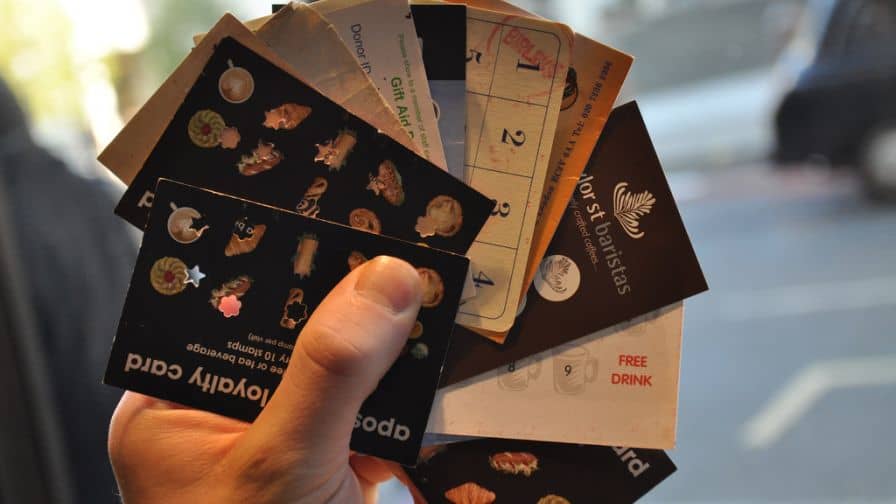In a world where consumers have become used to and now even expect loyalty programmes from the brands they love, companies big and small – not just the high street giants – are now clamouring to put their customer data to better use. But where to start?
The first logical step to a loyalty programme lies in your eCRM database. Not only is this owned data and a captive audience, but with the insights you can gain from your database, you can form a loyalty programme tailored to your audience’s needs. Here are seven key principles for launching an eCRM loyalty programme:
1. Know your database: Behind every good email marketing campaign is a great database and knowing what you’ve got to work with, is key to launching a successful loyalty programme. Take time to do regular data audits. The insights your database holds may inspire ideas for an engaging programme or you may find out that your first job is to actually find out a bit more about your consumers.
2. Identify your key advocates: Who are they? How do they act? Past behaviour is a great indicator of who loves your brand. Keep track of your past email results and site metrics so you can build up a segment of people who are regularly engaging, where and how they are doing so. Make sure you’re listening to you consumers on social platforms too. Any loyalty or retention programme starts with emotion and people say what they think online.
3. Don’t ignore complainers: No one wants to hear bad things about their brand, but a complaint is a gift that needs to be used wisely. A complaint gives a brand the opportunity to make things better. Studies show that one person who complains about a brand is likely to share their opinions with up to 45 friends! By tackling this head on, you are already ahead of the game. As well as looking for what your consumers want, you need to know what to avoid! So make sure you’re keeping up with comments on social media and you have a fully functional reply-to address in your emails.
4. It’s not all about the money: Don’t think that a loyalty programme just means giving away stuff for free and money off vouchers. If you have subscribers that genuinely love your brand then they are most likely already purchasing. Loyalty programmes are about giving something back in return, be it the chance to get involved in the brand itself, by road-testing new product launches or by simply getting to hear news before anyone else. Through those insights gained from your data audits, you’ll understand exactly what will surprise and delight your consumer – even the smallest gesture can go a long way.
5. Make it shareable: Just as disgruntled consumers will tell their friends about a bad experience, advocates will be sharing their good experiences. Word of mouth will always be a hugely powerful tool for marketers. Adding social share and tell a friend functionality to your emails will make that all the more likely.
6. “What’s in it for me?”: Keep this phrase in the back of your mind at all times when building any campaign, let alone a loyalty programme. If there’s no real reason for someone to engage, share or interact, then don’t do it! Especially when it comes to social media, people will only do something if it makes them look cool! Also avoid over complication, don’t make people jump through hoops to join or participate in any loyalty programme; you’re rewarding not punishing them!
7. Test, test and test again: Every brand is different and there’s no sure-fire way to loyalty programme success. If you’re worried about taking the plunge, do some testing. Trial a happy birthday email or a loyalty programme with a smaller test group before you fully launch. You can even make this part of the reward; your selected advocates will be helping to shape the brand they love. Your database’s feedback and campaign results will let you know what’s working and what’s not, so keep testing and keep improving. Email is perfect for this – it’s easier to manage and less risky than other channels. Email is growing year on year and new research from eConsultancy shows revenue from email has increased by 28% year on year.

